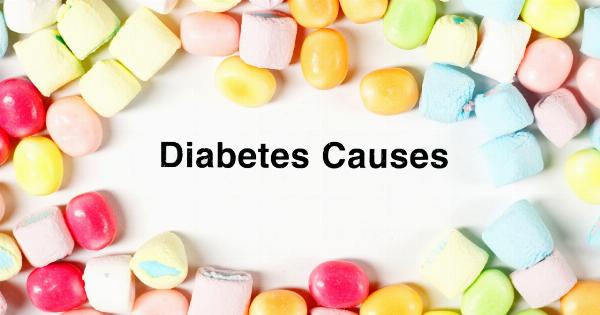Heart disease, including myocardial infarction (also known as a heart attack), is the leading cause of death in both men and women worldwide.
However, studies have consistently shown that the diagnosis of infarction is frequently missed or delayed in women compared to men. This discrepancy raises concerns about the gender bias and disparities in healthcare when it comes to identifying and treating heart disease in women.
The reasons behind missed diagnosis
There are several factors that contribute to the often missed diagnosis of infarction in women:.
1. Atypical symptoms
The classic symptoms of a heart attack, such as crushing chest pain, are more commonly associated with men. Women, on the other hand, often experience atypical symptoms that can be easily overlooked or attributed to other conditions.
These symptoms may include fatigue, shortness of breath, abdominal pain, nausea, and even back pain. As a result, women may not seek medical attention promptly, and healthcare providers may not immediately consider infarction as the cause.
2. Lack of awareness
Both patients and healthcare providers may have a lower level of awareness about the signs and symptoms of heart disease in women. The prevalent perception that heart disease primarily affects older men can contribute to this lack of awareness.
Consequently, women may delay seeking medical attention or fail to recognize the urgency of their symptoms, while healthcare providers may not consider infarction as a possibility in younger women.
3. Diagnostic testing limitations
The diagnostic tests commonly used to identify infarction, such as electrocardiograms (ECGs) and cardiac enzymes, might not be as reliable in women.
Women often present with less severe blockages in the coronary arteries, leading to subtle ECG changes that are more challenging to interpret. Similarly, cardiac enzymes may not be as elevated in women compared to men, further complicating the diagnostic process. These test limitations can contribute to misdiagnoses or delayed diagnoses.
4. Gender disparities in healthcare
Gender disparities in healthcare and biases in medical research can perpetuate the missed diagnosis of infarction in women.
Historically, women have been underrepresented in cardiovascular research, leading to a limited understanding of how heart disease may manifest differently in women. Moreover, healthcare providers may be more prone to attribute women’s symptoms to non-cardiac causes or dismiss them as anxiety-related, minimizing the urgency of their condition.
5. Communication barriers
Effective communication between women and their healthcare providers is crucial in ensuring an accurate diagnosis of infarction. However, communication barriers can hinder this process.
Women may feel reluctant to discuss their symptoms out of fear of being perceived as hypochondriacs or may not feel listened to when presenting their concerns. Additionally, healthcare providers may unknowingly use gendered language that reinforces stereotypes or fails to adequately address women’s concerns.
Addressing the issue
Improving the diagnosis of infarction in women requires a multi-faceted approach:.
1. Education and awareness campaigns
Public health campaigns should emphasize the importance of recognizing and seeking immediate medical attention for symptoms of heart disease in women.
This includes educating both women and healthcare providers about the atypical symptoms that women may experience during a heart attack to facilitate timely diagnosis and treatment.
2. Enhancing diagnostic tools
Research should focus on developing and validating diagnostic tools specifically tailored to the unique characteristics of heart disease in women.
This includes refining the interpretation of ECGs and cardiac enzymes in women and exploring alternative imaging techniques for accurate and timely diagnosis.
3. Increasing representation in research
Efforts should be made to include more women in cardiovascular research studies to improve our understanding of gender-specific differences in heart disease.
This will help remove the existing biases and ensure that healthcare providers have access to accurate and relevant information when diagnosing and treating infarction in women.
4. Promoting patient-provider communication
Healthcare providers should receive training on effective communication techniques and be encouraged to create a safe and non-judgmental environment for women to discuss their symptoms.
Open and honest dialogue will help uncover crucial information that may aid in the accurate diagnosis of infarction.
Conclusion
The missed or delayed diagnosis of infarction in women is a concerning issue that needs urgent attention.
By addressing the reasons behind missed diagnosis, raising awareness, enhancing diagnostic tools, and promoting better communication, we can work towards reducing the gender disparities in healthcare and improving outcomes for women with heart disease.


























